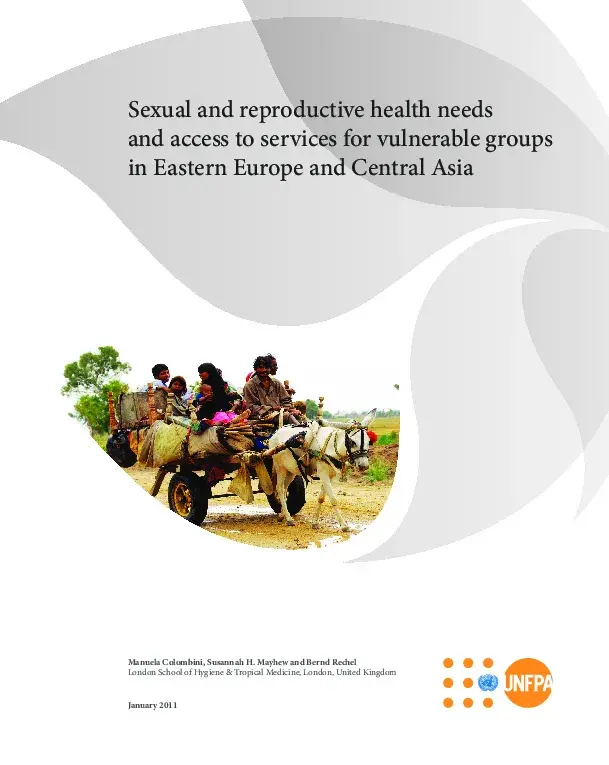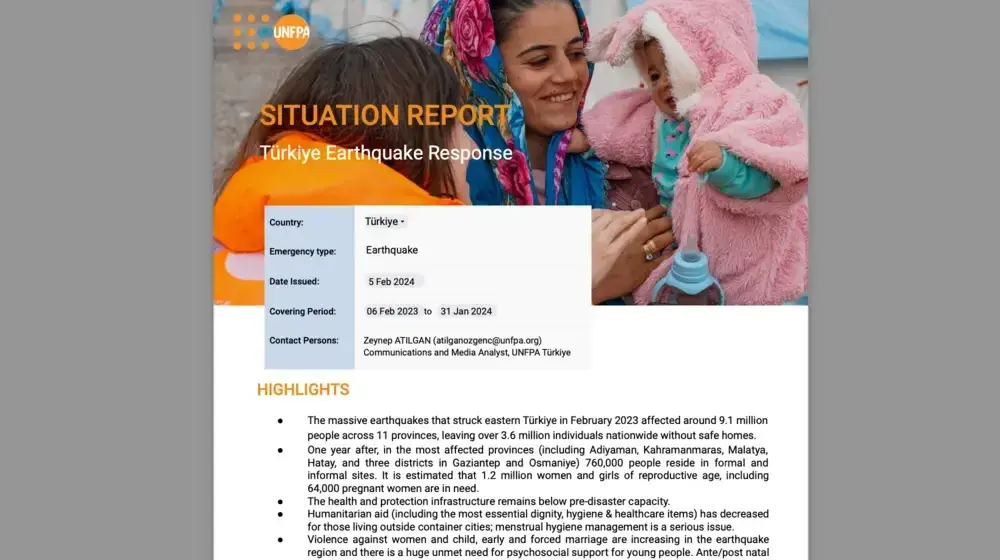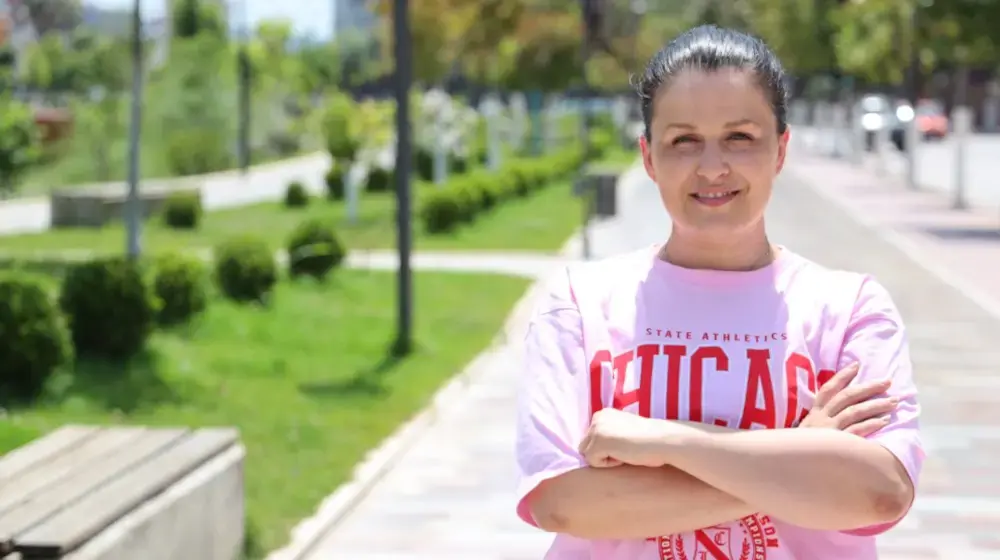This report aims to understand sexual and reproductive health (SRH) needs and related policies for three selected vulnerable groups - Roma (men and women), internally displaced people (IDPs) and adolescents - in eight Eastern European and Central Asian countries. The purpose of the study is to contribute to a policy dialogue on focusing national programs on the SRH needs of vulnerable groups and will be presented at a stakeholders’ meeting in the region in early 2011.
Our findings suggest that health systems in the region have failed to provide financial protection and equitable SRH services to some of the most vulnerable groups of society. There is an urgent need to improve access to high-quality SRH services, especially access to information about SRH issues and services, contraception and pregnancy-related services and commodities, to vulnerable groups in Eastern Europe and Central Asia. .
The limited scope of health services covered by insurance schemes, the exclusion of many vulnerable groups from these schemes, and the continued existence of informal payments are among the most pressing financial challenges for improving access to SRH services in this region. There is also a clear need for overcoming racial discrimination against Roma, improving awareness and information among all vulnerable groups, and addressing gender inequities and youth sexuality.





